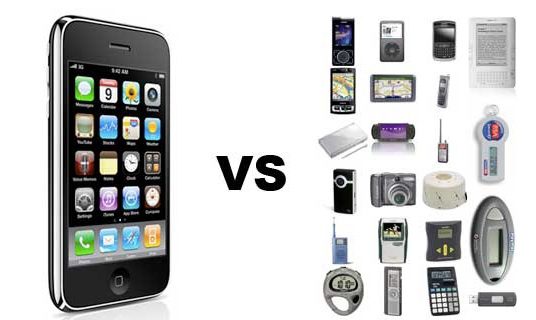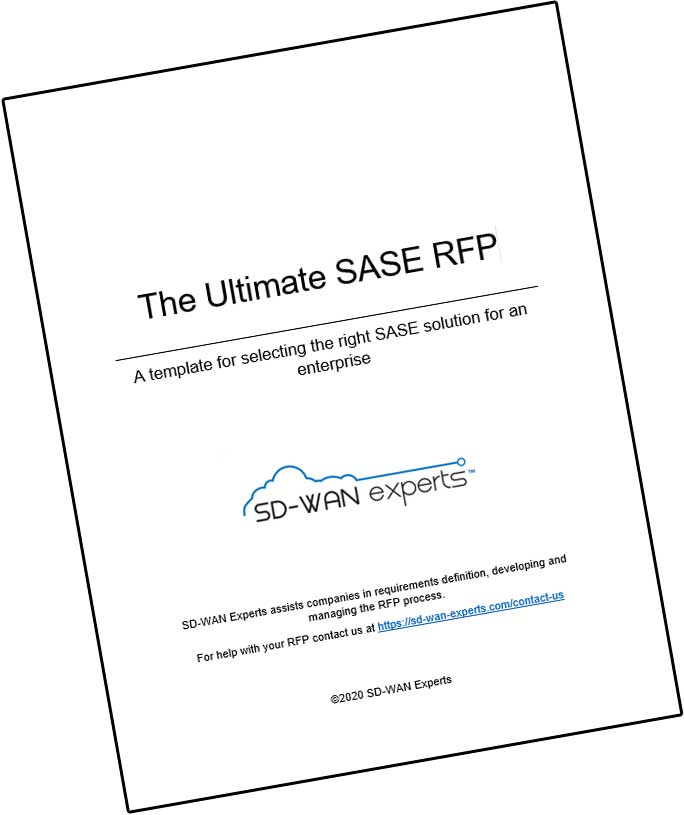Here’s a question for you: is integration itself a significant innovation? Take the smartphone for a moment. Alone, it would seem the iPhone introduced relatively little new technology. Blackberries had already provided messaging and calling. Music players had offered portable music. GPS systems were also available. So was there anything really new in the iPhone?
Of course.
The integration of components into a single handheld device was the innovation.
That all came to mind when I read a recent article in SDXCentral. The article explored the impact of the secure access service edge (SASE) technology recently defined by Gartner with several analysts. Analysts interviewed for the article opined that SASE wasn’t all that innovative, it’s contribution only nominal.
Here’s what they had to say:
- “SASE doesn’t feel like a new market, let alone a new technology or product, Clifford Grossner, executive director of research and technology fellow at IHS Markit, wrote to SDxCentral in an email. “Not sure there is any real new technology. All we can see is an integration of existing technology,” he wrote.
- IDC analyst Brandon Butler, called SASE “a Gartner marketing term,” writes SDXCentral. According to SDXCentral, “Butler described SD-branch as an extension of SD-WAN that brings the same functionality into new aspects of the networks. “It’s really the idea of virtualizing other network and security functions that enterprises are using at the edge of their network,” he said.’
Are they right? Is SASE really not all that new of a market?
Hardly.
Just like the iPhone created a new market beyond the cellphone through the integration of consumer technologies, SASE does the same within the enterprise. The integration of SD-WAN, security-as-a-service, and global connectivity delivered from a globally distributed architecture is a radical change in how we think about networks. Without appliances, companies avoid the many costs and complexities that come with purchasing, deploying, integrating, and managing appliances.
The change enables significant cost reductions and capability improvements in IT teams. Leslie Cothran, Director of IT at Universal Mental Health Services, touches on this point over on the “Dissecting Popular IT Nerds” podcast where he talks about being a one-man IT shop, managing 1,000 users with their SASE platform (aka a global SD-WAN service with built-in security). Realizing those economies of efficiency becomes more difficult to change by keeping technologies discrete.
It’s simplistic to think that SASE is just a bigger version SD-WAN. A global, multitenant, cloud-native platform is a major departure from an appliance stack sitting in the office. It’s like the difference between Amazon AWS and a server. Both might deliver compute but it’s precisely the integration and scale that makes AWS, well, AWS.
So, yeah, SASE might be about the integration of technologies but it’s that integration which matters. To learn more about SASE, check our SASE page or give us a call to better understand how to leverage this revolutionary change in your infrastructure.



